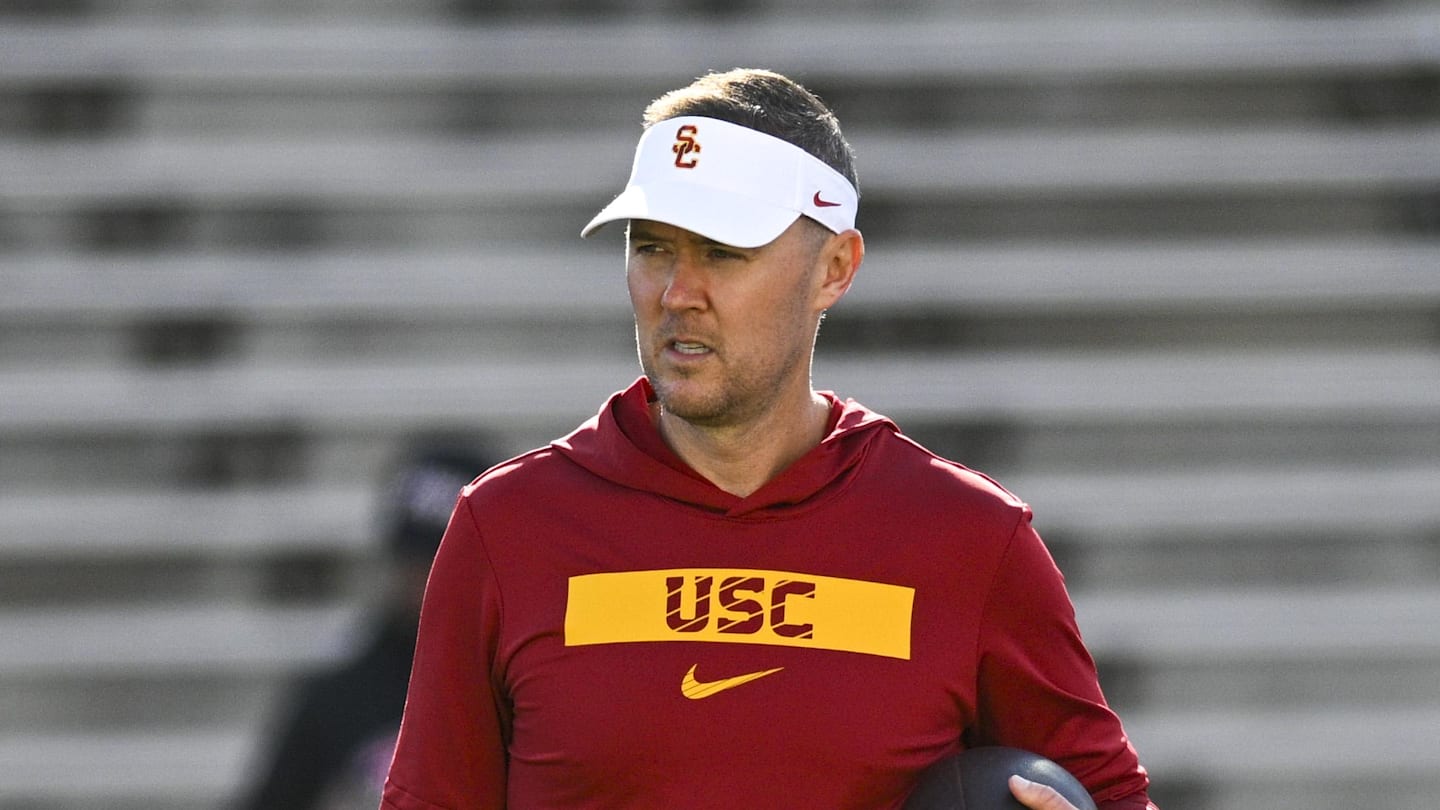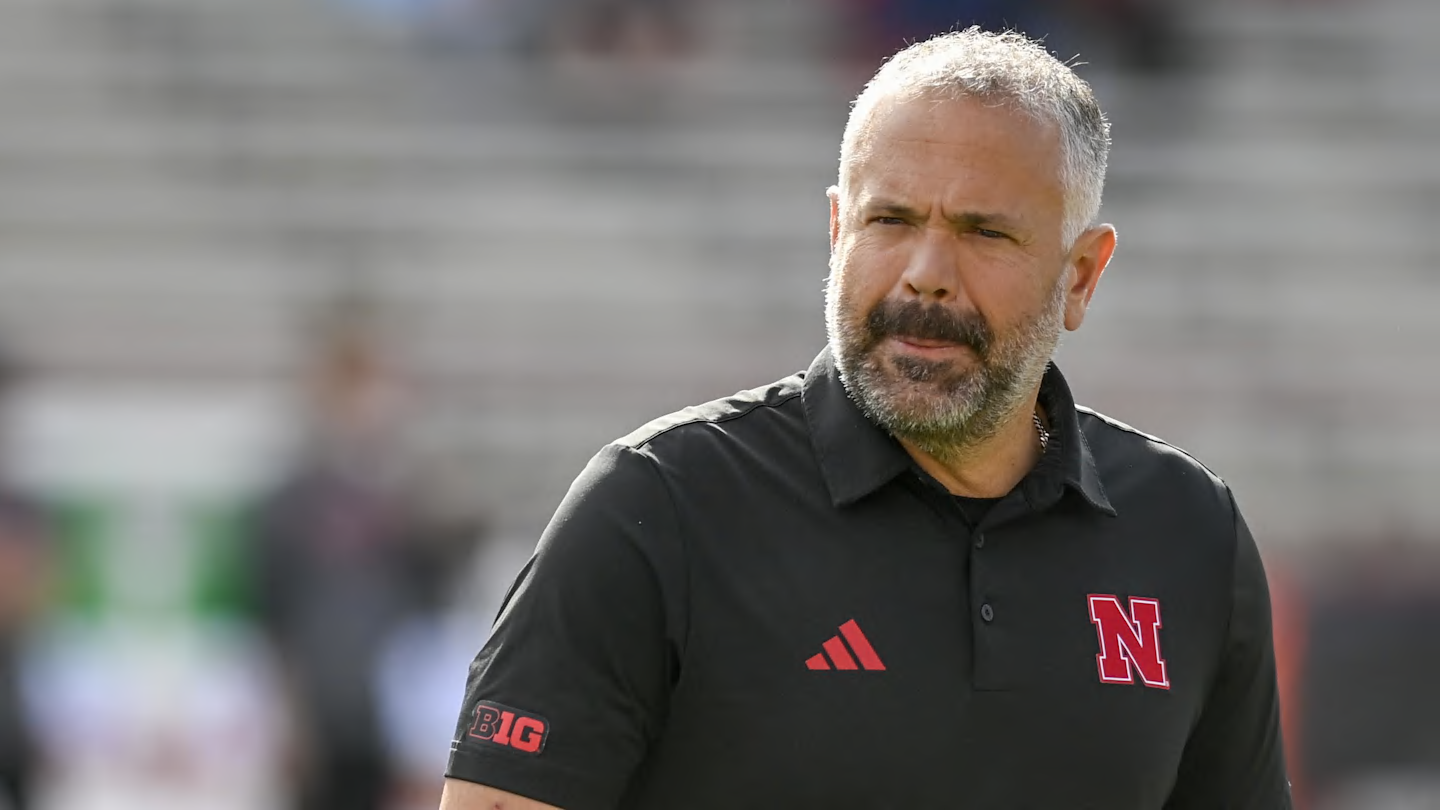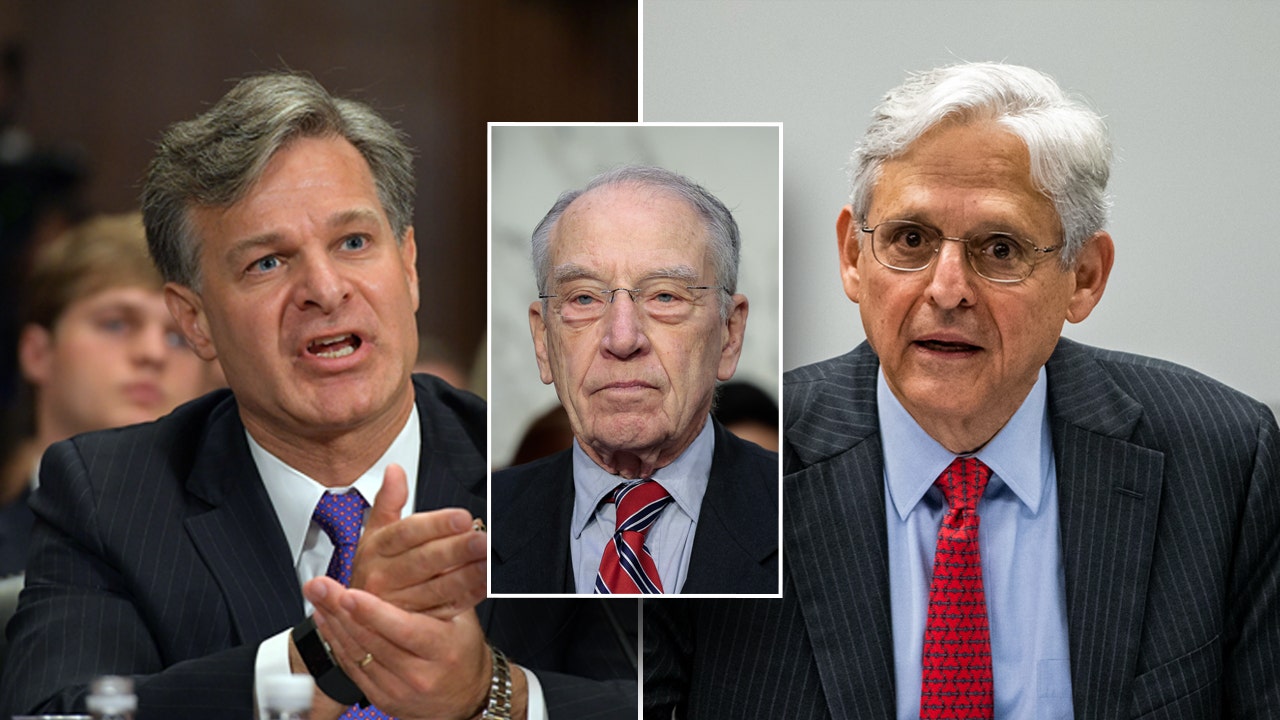Nebraska
The need for environmental justice reparations in Omaha • Nebraska Examiner

The freeway that bifurcated North Omaha was marketed as an infrastructure development that would benefit all of Omaha. However, it solidified segregation, dramatically decreased Black homeownership and led to the amplification of environmental injustice.
For the last two years, I have been working as a research assistant for the Omaha Spatial Justice Project. As part of that project, I helped develop the project’s 1920 Black homeownership map, which shows a high concentration of homeownership along the North Freeway. Black homeownership reached a peak in 1950, when for the first time, there were more Black homeowners than renters.
Many homes were demolishedfor the freeway construction, stripping Black homeowners of their already limited access to generational wealth. The areas with rentals were left mostly untouched, whereas the neighborhoods that consisted primarily of homeowners were the ones replaced by the North Freeway. This demolished housing was not replaced, and due to persistent racism, Black homeowners received little to no compensation and found it difficult to purchase homes in other neighborhoods.
North Omaha was cut off from the rest of the city, resulting in limited access to public transportation and basic needs and services. Because of this, as Omaha developed further, food deserts, or areas with a decreased or complete lack of access to affordable healthy foods, manifested as a concern. This was exacerbated by the national trend of grocery stores shifting to suburban areas which began in the 1960s. While grocery stores still existed in North Omaha, new stores with healthier inventory were not accessible to neighborhood residents, resulting in disproportionate access to good quality food increasing health risks.
The North Freeway displaced thousands of Omaha’s Black residents, restricted access to homeownership, and led to an increased prevalence of environmental injustice issues that can be linked to present-day inequities. Because of this, there is a need for restorative justice.
In 2016, Catherine Millas Kaiman, a civil rights and environmental activist attorney, presented a national model for community-based reparations to achieve justice, by addressing issues of environmental injustice through funding awareness campaigns and education. Another path to justice is to provide reparation payments to relatives of individuals whose homes were destroyed. Affected individuals could make a claim examining how far below market rate compensation payments were to then make up the difference with interest.
Omaha’s construction of the North Freeway caused displacement, along with accompanying housing discrimination, amplifying environmental injustice. There is a critical need in North Omaha to address the problem of food deserts, including a lack of food availability as well as better access to affordable healthy food.
Omaha must come to terms with the damage done through a community-based reparations solution. Washington, D.C., provides a national example of how one city chose to confront the issue of food deserts. After identifying the locations of food deserts, the city offered financial incentives for businesses that opened grocery stores in those areas. The City of Omaha needs to implement a comprehensive policy solution to address this pressing need for the long-term health and stability of the community.
Any policy solution must address the historic wide-scale dismantling of Black homeownership through a housing reparations program. A national example of this is Evanston, Illinois, where the city clerk in 2019 made a case for housing reparations, and the first program in the country was implemented by the city council in 2021 to compensate the Black community for historical policies of segregation. It’s important to know whether the families that were affected by the destruction of their homes via the North Freeway believe that an injustice took place and reparations are needed.
Recently, there have been increasing plans and funding for development in North Omaha. Before the city implements redevelopment, we need to right the wrongs of history. As Omaha moves forward with new plans for development, there is a need to address the task of increasing Black residents’ access to homeownership. For Omaha to move on, we must address this difficult past.
The Omaha Spatial Justice Project is providing documentation of historic discrimination in Omaha by mapping racially restrictive covenants. Residents affected by housing segregation, the lack of access to homeownership and environmental injustice need a space to propose their solutions for reparations. The City Council and Mayor’s Office need to seriously consider and creatively implement these community policy solutions.

Nebraska
Nebraska Governor wraps up trade mission to Israel

LINCOLN, Neb. (KOLN) – Gov. Jim Pillen concluded a four-day trade and solidarity mission to Israel on Thursday.
The state’s delegation promoted Nebraska’s beef exports to Israel, encouraged Nebraska-built defense technologies, initiated strategic partnerships between Nebraska and Israeli institutions and spoke with a number of companies already doing business in Nebraska.
During the mission, Gov. Pillen spoke with senior members of the Israeli government, including Prime Minister Benjamin Netanyahu and President Isaac Herzog. The governor’s team also met with Mike Huckabee, U.S. Ambassador to Israel.
In recent years, the Nebraska’s trade with Israel has increased. From 2010 to 2019, the value of Nebraska’s exports to Israel averaged $31 million per year. Since 2020, the state’s annual exports to Israel have averaged $51 million, reaching $54 million in 2024.
“The existing trade relationship between Nebraska and Israel is tremendous, but it was also enormously impactful to bear witness to the alliance between our two countries and the gratitude the people of Israel have for America’s support for their frontline fight against violent Islamist extremism,” said Gov. Pillen. “America and Israel are in the same fight, and I was honored to see the fruits of our friendship.”
According to the governor’s office, Nebraska supplies more than 99% of U.S. beef exports to Israel that Israel imports. Fischel Ziegelheim, owner of WR Reserve Protein Group in Hastings, was a member of the state’s trade delegation. WR Reserve is a leading processor of Angus beef, and its plant in Hastings is one of the only U.S. facilities authorized to export kosher beef to Israel.
“When we met with Ambassador Mike Huckabee, he was impressed about Nebraska being the number one cattle producer in the United States,” said Gov. Pillen. “We’re excited that the WR Reserve plant is doubling in size and getting commitments from producers to meet kosher standards. It’s been great to have the Ziegelheims with us for the whole trip to make sure more Nebraska beef comes to Israel.”
Click here to subscribe to our 10/11 NOW daily digest and breaking news alerts delivered straight to your email inbox.
Copyright 2025 KOLN. All rights reserved.
Nebraska
USC Trojans’ Three Keys To Victory For Bounce-Back Win Over Nebraska

The No. 23 USC Trojans are through with both bye weeks, and enter their five-game stretch starting with a road contest at Nebraska in week 10.
The last time USC was on the gridiron they suffered their second loss over No. 12 Notre Dame in South Bend, Indiana. Now, back in the Big Ten competition, USC has a chance to cement themselves as Big Ten title and College Football Playoff contenders over the next five matchups.
Entering a high stakes matchup, with both USC and Nebraska as two-loss teams, the need to pull out a win is crucial. If USC can stay consistent on both sides of the ball, effectively stop the run and score early, the Trojans can pull off another road, and conference, win.
USC has benefitted from efficient play on both sides of the ball, but against the Fighting Irish, USC lacked a balance.
When looking at the Trojans season so far, who lead the nation in offensive yards per game with 530, they have been nothing short of impressive on offense. Especially against a physical defense like the Cornhuskers, executing a well-balanced and efficient attack will be key to USC’s push to earn a road win.
As for the defense, the Trojans have proved they can both stop the run and pressure the quarterback to breakdown offensive production. Most notably against the Michigan Wolverines, when USC upset the Wolverines 31-13 in Los Angeles.
The Trojans defense held the Wolverines to just 109 rushing yards, their lowest of the season, and 20 passing yards from Michigan quarterback Bryce Underwood to 207.
Since quarterback Jayden Maiava has taken the reins as USC’s starting quarterback, the leadership and talent, surrounded by wide receivers Makai Lemon and Ja’Kobi Lane, has helped coach Lincoln Riley’s offense flourish.
Riley commented on what Maiava brings to the Trojans program, highlighting what he does every time he steps onto the field.
“Every time the guy’s touched the field for us as a USC Trojan we’ve had a chance to win the game. He always gives us a chance to win. That’s one of the things I really love about him as a player. And again, he’s just continuing to improve as time goes on,” Riley said on Trojans Live.
The Trojans were weak in one area in their week 8 loss — stopping the run. Now heading into another road contest, USC faces another talented running back in Nebraska tailback Emmett Johnson.
Johnson, the junior running back from Minneapolis, Minnesota, has been one of the Cornhuskers’ secret weapons on offense. Through eight games, Johnson has rushed for 837 yards on 146 carries and nine touchdowns.
MORE: This USC X-Factor Could Change Everything Against Nebraska
MORE: Weather Concerns Mount For USC Trojans at Nebraska
MORE: USC Trojans Recruiting Next Potential Travis Hunter In Elite Five-Star Prospect
Defensive coordinator D’Anton Lynn spoke to the media following Wednesday’s practice, and when asked about what stands out about Johnson, his answer delivered what USC needs to focus on come game time.
“Tackling in space is going to be huge this week. Even if it’s a six-yard gain, he’s breaking four or five tackles. It seems like (he) will hold on to the ball a little bit longer,” Lynn said after Wednesday’s practice.
With another chance to stop the run, the Trojans defense will be a huge factor into a competitive performance.
For USC’s loaded offensive unit paired with a strong and physical Nebraska defense, the need to score when USC has the ball will be vital to taking off early.
The week 10 matchup holds a lot of notable elements that gets the Cornhuskers excited to host a ranked opponent – coach Matt Rhule’s contract extension, blackout uniform and an all black stadium design.
What Nebraska does hold is a wild record against ranked opponents, with the Cornhuskers on a 28-game losing streak against top 25 teams, with their last ranked win coming from 2016 over No. 22 Oregon. USC coming into town gives Nebraska another chance to change that narrative.
The Nebraska defense has been exceptional through eight games, especially when stopping the run against their opponents. The Cornhuskers rank second in the Big Ten with rushing yards allowed with 127, right behind the No. 6 Oregon Ducks who average 124.
If Maiava and the USC offense can run a strong attack from their pass and run games, they can wear down the Nebraska defense early and take advantage of an early run.
Nebraska
With Report of Rhule Signing Contract Extension, Nebraska Does the Right Thing

Nebraska had to make a move and give head coach Matt Rhule a new contract or risk losing more than their coach.
Rhule reportedly signed a three-year contract extension that will keep the coach in Lincoln beyond 2030. An official announcement is expected Thursday.
If the Huskers wanted Rhule to run the program, this is what they had to do. The Huskers are getting more than the ol’ ball coach. They have essentially made the right move to keep their roster intact. Because if Rhule went to Penn State, no one knows what would have happened to the Huskers’ roster.
Or star sophomore quarterback Dylan Raiola.
Or his brother Dayton, a 2026 Nebraska commit.
Rhule was a natural fit for Penn State. He is an alum and former walk-on linebacker. No wonder he was rumored to be the top candidate to replace James Franklin, who was fired Oct. 12.
Nebraska had to take this scenario to heart: No Rhule, no star sophomore quarterback Dylan Raiola. That could have happened. And, then what? In the new world of college football, players change programs all the time.
Like it or not, in the modern world of big-time college football, this is the price of doing business. And the price has increased over the years and it has nothing to do with inflation.
Now, the price contains quite a few zeros in the paycheck.
Nebraska did right by Rhule but it also did right by its program. With the lack of clarity from Rhule, and the lack of public comment from NU on the Penn State head-coaching opening, the speculation machine kept churning. But, as expected, plenty was going on behind the scenes.
We were less than three weeks into the Penn State job search, which was early in the process with the season still in progress. But it felt like an eternity. And with each passing day, it felt noticeably longer.
What Rhule didn’t say these past few weeks spoke volumes. He didn’t come out and shriek: No, I’m not a candidate at Penn State! I want to remain at Nebraska, 100 percent! He did say on “The Pat McAfee Show” that Nebraska isn’t a “jumping-off job.”
Ultimately, Nebraska couldn’t afford to lose Dylan Raiola and his brother, and it couldn’t afford to lose the many quality players on the roster.
Nebraska has a wealth of enviable talent on the roster — along both lines, the receiving corps, the players that comprise the No. 2-ranked pass defense in the nation, special-teams players. And the talented linebackers. With so much player movement already in the sport, other teams likely were working on a wish list of Huskers.
That’s what Nebraska paid for by giving Rhule a new contract. That’s the price of doing business.
Five-star Dylan Raiola had a complicated recruitment. He first committed to Ohio State in May, 2022, changed his mind and committed to Georgia, his home-state school, in May, 2023. In December, 2023, Raiola signed with Nebraska. Dylan has started every Huskers’ game since he’s been in Lincoln.
The Rhule-to-Penn-State scenario set up like a table full of dominoes.
If Rhule wound up at Penn State, no one knows who would have followed him. Some of the current players? The Raiolas? Even though their father is a former Huskers All-America center? And their uncle is the current offensive line coach at Nebraska?
What about the recruits?
Current recruits really would have been up in the air had Rhule left. Rhule was the head coach when they were recruited. Opponents would have tried to exploit the Huskers’ coaching situation.
Reportedly, teams already are trying to poach LSU players and recruits after the recent Brian Kelly firing. All schools with coaching turnover face the same dilemma.
Dylan Raiola has established himself as a franchise quarterback — still with room to improve and grow — with at least one more full season to play at Nebraska and maybe two more. With Dylan running the show, the Huskers are 6-2, with an enormous game Saturday against 23rd-ranked USC.
What would have happened to Donovan Raiola, Dylan and Dayton’s uncle, who is in his fourth season in Lincoln? Would Rhule brought along Donovan Raiola and all or some of his Nebraska coaching staff to Penn State?
This potentially would have been a messy situation for the Dylan to navigate. Follow Rhule to Penn State? Especially if his uncle went, too? Would Dylan remain at Nebraska if his uncle stayed at Nebraska? Would a new Nebraska coach have retained his uncle? What would that have meant to Dayton Raiola’s commitment and recruitment?
These were more than casual questions on a rainy day, or more than fodder for sports-talk radio. You better believe these were questions that were kicked around the Nebraska athletics offices.
When Indiana coach Curt Cignetti was mentioned as a possible Franklin successor, the Hoosiers took less than a week to lock him up with an eight-year, $11.6 million deal.
The new deal brought clarity to Cignetti and his family, the Hoosiers’ players, recruits and fans. In Cignetti’s two years at Indiana, the Hoosiers have become a powerhouse. IU stepped up and paid handsomely for that glory.
So, the Huskers stepped up, too. It was the right move and if they wanted to retain Rhule, their only move. Nebraska couldn’t continue the uncertainty with the current roster or the recruits.
With Rhule in the fold, the Huskers remain intact. He has established his program in Lincoln.
The Penn State scenario was too costly for Nebraska to consider.
Stay up to date on all things Huskers by bookmarking Nebraska Cornhuskers On SI, subscribing to HuskerMax on YouTube, and visiting HuskerMax.com daily.
-

 New York1 week ago
New York1 week agoVideo: How Mamdani Has Evolved in the Mayoral Race
-

 News1 week ago
News1 week agoVideo: Inside Our Reporter’s Collection of Guantánamo Portraits
-

 Milwaukee, WI4 days ago
Milwaukee, WI4 days agoLongtime anchor Shannon Sims is leaving Milwaukee’s WTMJ-TV (Channel 4)
-

 News4 days ago
News4 days agoWith food stamps set to dry up Nov. 1, SNAP recipients say they fear what’s next
-

 Politics1 week ago
Politics1 week agoAOC, Sanders rake in millions as far-left cements grip on Democrat Party
-

 Alabama6 days ago
Alabama6 days agoHow did former Alabama basketball star Mark Sears do in NBA debut with Milwaukee Bucks?
-

 Politics1 week ago
Politics1 week agoGrassley releases memo showing DOJ ‘unleashed unchecked government power’ on Trump associates
-

 News1 week ago
News1 week agoMap: Minor Earthquake Strikes Southern California












